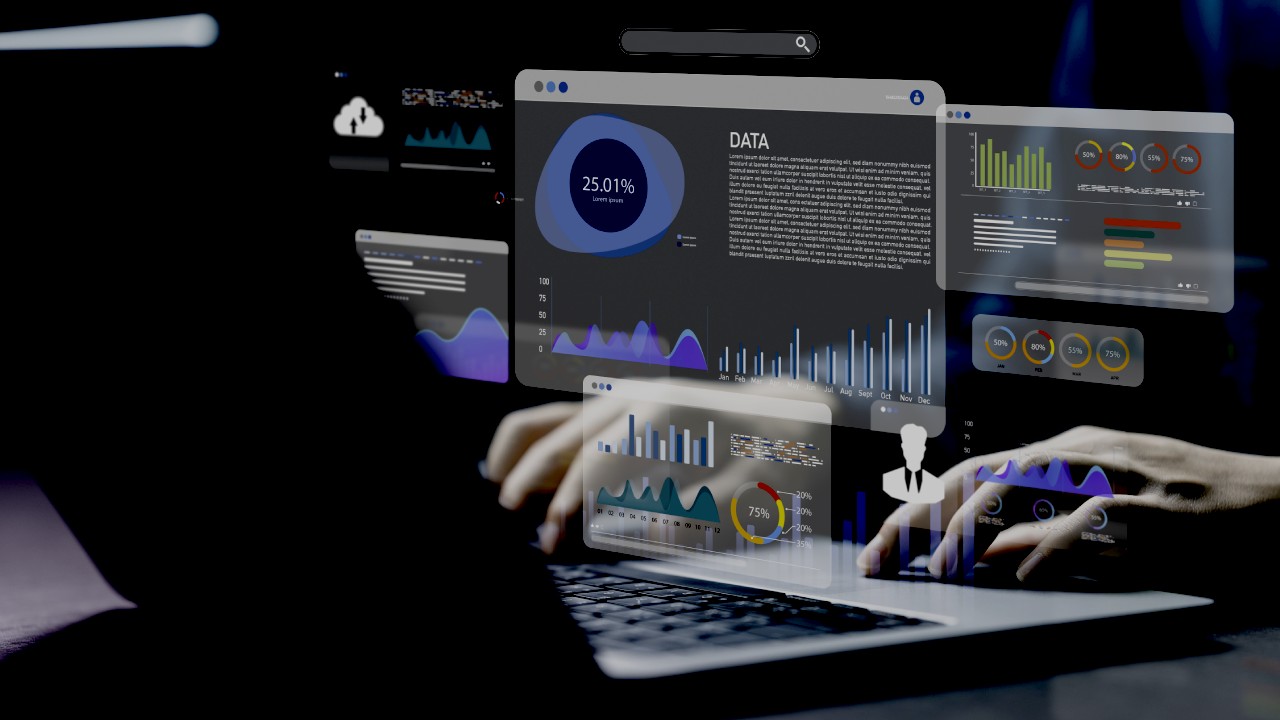Safeguarding data is crucial for every business in today’s digital age. A data risk assessment serves as a proactive approach to identifying potential risks and vulnerabilities in your systems. This process helps to protect sensitive information, ensures compliance with legal regulations, and enhances business continuity.
An effective data risk assessment allows organizations to better understand their data assets, recognize threats, and implement mitigation strategies. In this article, we will guide you through the steps required to perform a thorough and effective data risk assessment.
What is a Data Risk Assessment?
To begin with, let’s discuss data risk assessment in more detail. A data risk assessment is a systematic process that evaluates the risks associated with handling and storing data within an organization. It aims to identify potential vulnerabilities, threats, and the overall risk landscape. The key objectives are:
- Identifying Risks: Recognizing internal and external data threats that could compromise data security.
- Analyzing Risks: Understanding how these risks could impact the organization’s data and operations.
- Mitigating Risks: Implementing strategies and controls to reduce or eliminate the identified risks, ensuring data integrity and security.
Steps to Conduct an Effective Data Risk Assessment
Conducting a comprehensive data risk assessment involves several key steps that help identify, analyze, and address potential risks to data security. Below is a detailed guide to help you navigate the process:
1. Identifying Data Assets:
Begin by cataloging all data assets in your organization. This includes customer information, financial records, intellectual property, and any other sensitive data. Classify the data based on its sensitivity and business value. Understanding where your critical data resides is the foundation for a robust risk assessment.
2. Recognizing Potential Risks:
Once your data is classified, identify the internal and external threats that could compromise its security. External threats might include cyberattacks, phishing, or ransomware, while internal risks could come from human error, unauthorized access, or mismanagement of data. Recognizing the full range of risks is essential for developing effective safeguards.
3. Assessing Vulnerabilities:
Evaluate your current security measures and identify vulnerabilities within your systems. This could involve outdated software, insufficient access controls, or gaps in employee training. Conduct penetration testing or vulnerability scanning to pinpoint these weak spots. Understanding your system’s vulnerabilities allows you to prioritize areas for improvement.
4. Evaluating Impact and Likelihood:
After identifying risks and vulnerabilities, assess the potential impact of these risks on your business. Determine the severity of each risk (e.g., data loss, business disruption) and how likely it is to occur. This risk analysis helps you focus on high-priority areas that require immediate attention.
5. Prioritizing Risks:
Once risks have been evaluated, prioritize them based on their potential impact and likelihood. High-impact, high-likelihood risks should be addressed first, while lower-priority risks can be handled over time. This prioritization ensures efficient use of resources and focuses on the most pressing threats.
6. Mitigation and Control Implementation:
Implement appropriate security controls to mitigate or eliminate the identified risks. These controls may include AES 256 encryption, stronger access management, multi-factor authentication, or enhanced employee training programs. Documenting mitigation strategies ensures a structured approach to risk management and provides a reference for future assessments.
By following these steps, organizations can develop a well-rounded data risk assessment that protects their data assets and ensures compliance and operational continuity. Regular reviews and updates to the assessment process help adapt to evolving threats and maintain a strong security posture.
Tools and Techniques for Data Risk Assessment
Effective data risk assessments often rely on both software tools and industry-standard frameworks to automate and streamline the process.
Software Tools for Automated Assessments:
Several automated tools can help conduct data risk assessments by identifying vulnerabilities, tracking risks, and generating detailed reports. Tools like Nessus, SolarWinds, and Qualys can scan networks, evaluate security postures, and detect potential weaknesses.
Industry Frameworks and Best Practices:
Adopting established frameworks such as ISO 27001 and NIST (National Institute of Standards and Technology) provides a structured approach to managing data risks. ISO 27001 outlines information security management systems, while NIST’s Cybersecurity Framework offers guidelines for identifying, protecting, detecting, responding, and recovering from cybersecurity threats. These frameworks ensure compliance and help organizations follow globally recognized best practices.
Role of Compliance and Legal Regulations
Data risk assessments must account for key regulations like GDPR (General Data Protection Regulation) and HIPAA (Health Insurance Portability and Accountability Act). These regulations dictate how organizations handle, store, and protect sensitive data.
Failing to comply with such standards can result in significant fines and legal consequences. For businesses, the GDPR policy for small business provides helpful insights into ensuring GDPR compliance.
To stay aligned with these requirements, your risk assessment should regularly update data protection practices and document any risks. Solutions like data compliance software can assist in meeting legal obligations effectively.
Ongoing Monitoring and Review
Data risk assessment requires ongoing monitoring and continuous updates to security protocols. Regular assessments ensure that new risks are promptly identified and addressed as the threat landscape evolves. Automated monitoring tools, such as intrusion detection systems, help track security threats in real-time.
Additionally, regular security audits are essential for evaluating the effectiveness of current controls and identifying any vulnerabilities. Leveraging the best data security software can help streamline these processes, ensuring that your organization stays secure and resilient.
Conclusion
Conducting an effective data risk assessment is essential for safeguarding your organization’s sensitive information. By identifying risks, analyzing vulnerabilities, and implementing mitigation strategies, businesses can better protect their data and ensure compliance with legal requirements. Ongoing monitoring and regular reviews are crucial to maintaining a strong security posture in a constantly evolving digital landscape.
Take a proactive approach to data security. Explore ShareArchiver’s data archival tools and services to strengthen your organization’s data risk management strategy. Learn more today!








